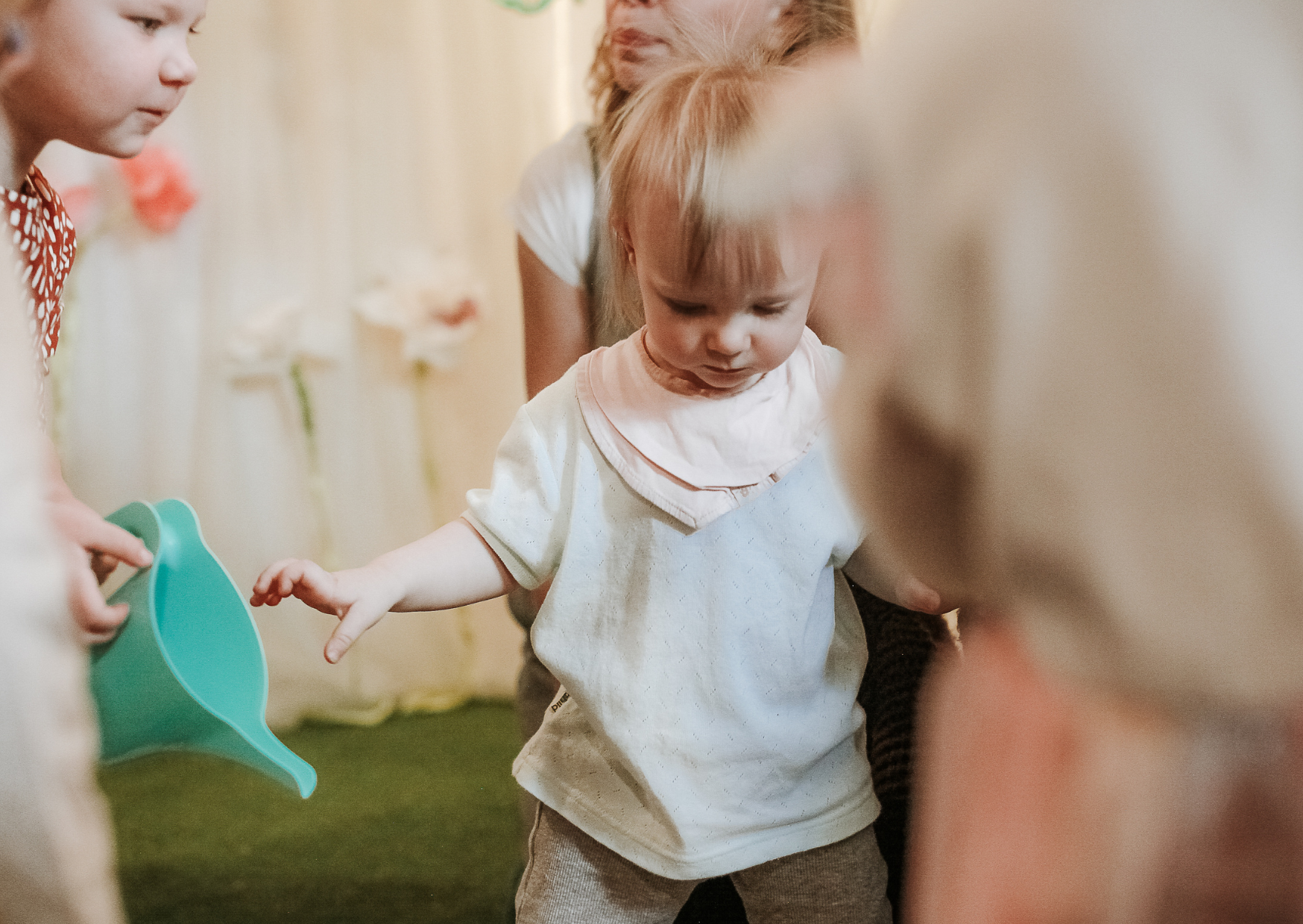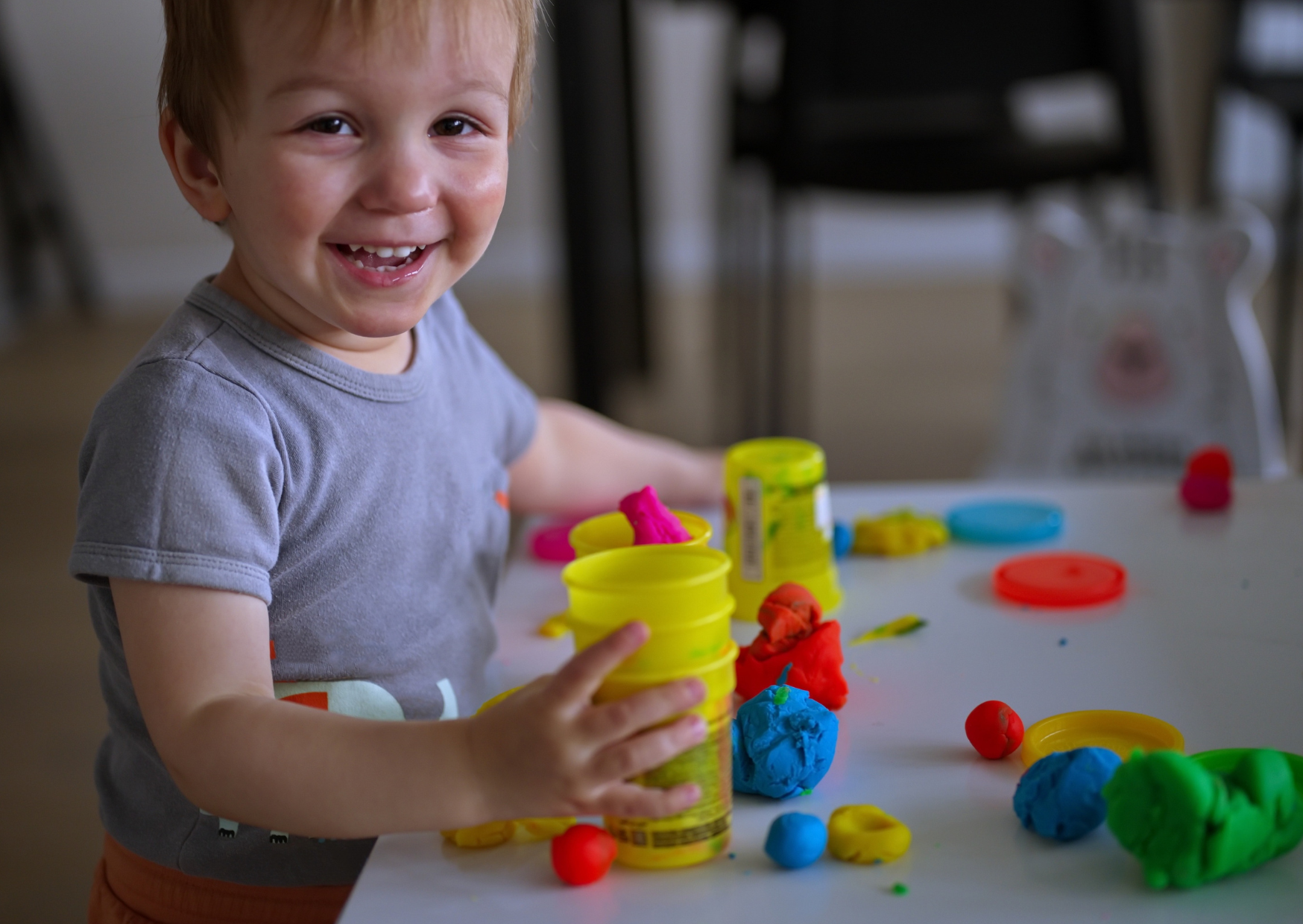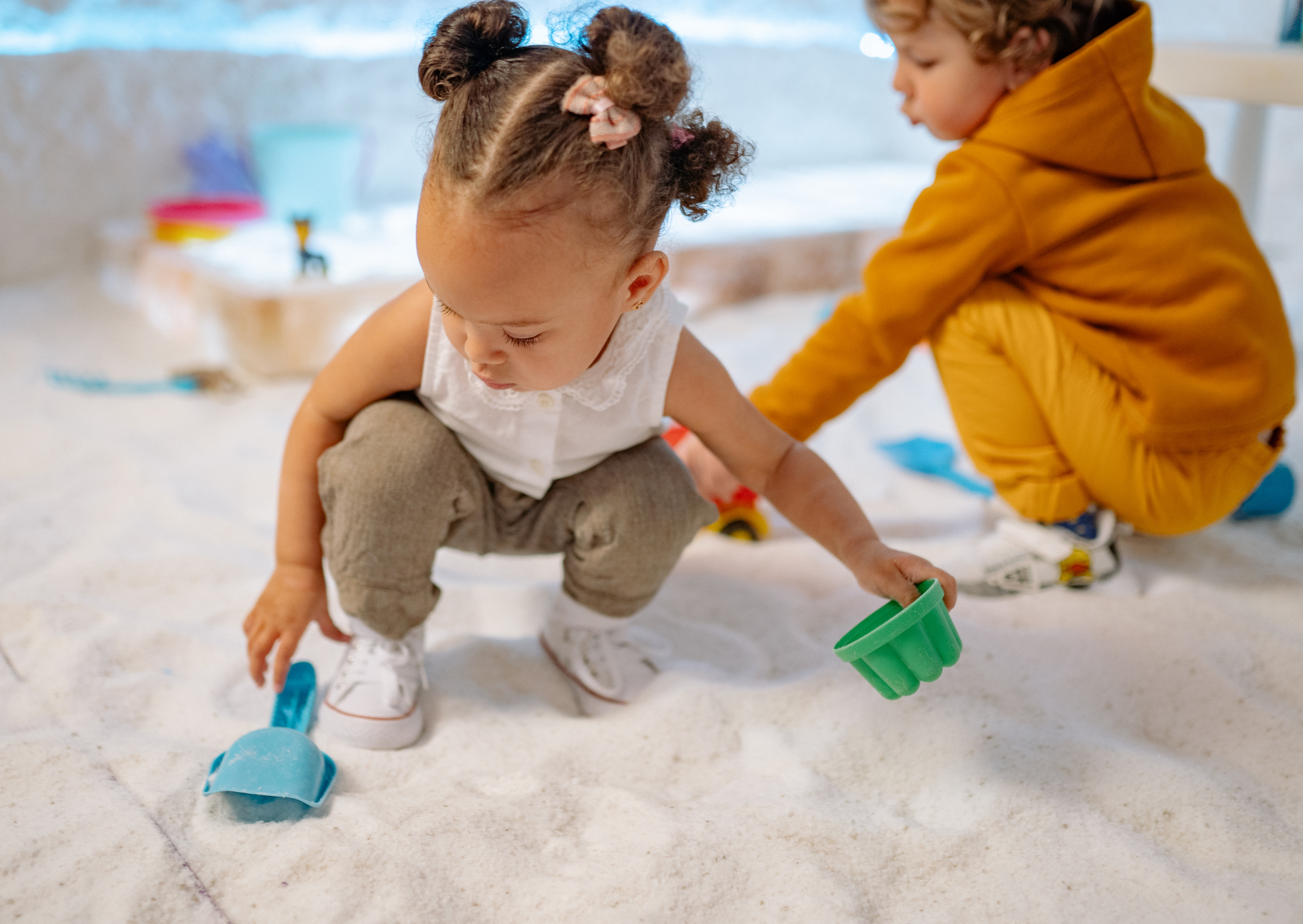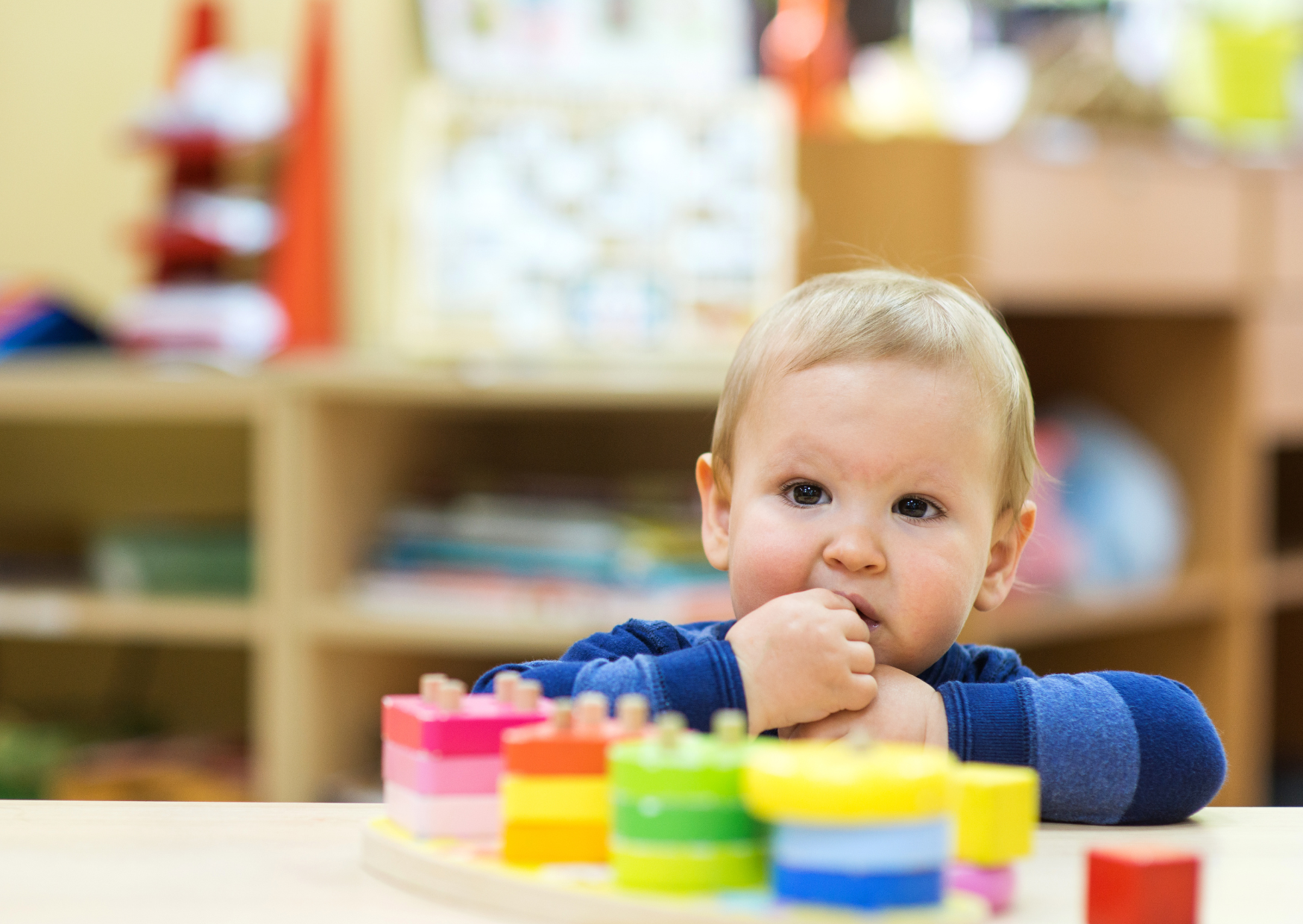
Understanding the toddler developmental stage where big emotions and growing autonomy collide is key to seeing the magic behind the chaos. With the right perspective and tools, caring for toddlers becomes less about control and more about connection and growth.
Between the ages of 1-3 years of age, toddlers are mastering motor skills, developing language, asserting independence and navigating big emotions all while exploring their world with endless curiosity. With so much going on, it’s no surprise they get overwhelmed and their behaviour can escalate as they manage it all. This is typical and not a sign of being attention seeking or manipulative. They are simply trying to make sense of a complex and ever changing world.
Our role isn’t to make toddlers compliant and quiet as that’s neither realistic nor developmentally appropriate. Instead, our job is to guide them through their experiences and learning, helping them to gradually understand how to manage themselves. This process takes time, patience and consistent support from the entire teaching team.

Teachers often share how challenging transition times can feel, describing it as “herding sheep,” with toddlers heading in every direction. It’s natural to feel frustrated in these moments, but it’s important to remember that toddlers aren’t acting this way to drive you up the wall, they’re simply exploring the world through their egocentric lens, which is a normal part of their development.
Here are five tips for creating smooth routines and transitions in a toddler room:
Make it fun and positive: Transition times can be fun by incorporating songs, games, or playful activities. For example, sing or play a fun tidy up song or pretend to be animals moving to the next activity. A positive, fun approach helps toddlers feel excited and cooperative rather than resistant during transitions.
Give advance warning - Toddlers benefit greatly from knowing what’s coming next. Providing them with a few minutes’ notice helps them mentally prepare for the transition, reducing resistance and anxiety.
Use visual cues - Visual cues like pictures or a visual schedule can be really helpful especially for younger toddlers who may not fully understand your verbal instructions. These cues make transitions more predictable and easier to follow.
Keep transitions short and simple - Toddlers can become overwhelmed easily so keeping transitions brief and clear will help maintain their focus and minimise frustration.
Engage toddlers in the process - Involve toddlers in the process. This gives them a sense of responsibility and ownership over the routine, supporting their growing independence.


written by
Alex Weehuizen
Alex is an experienced ECE teacher with over two decades of experience working alongside families. After working as a nanny for 5 years, she completed a Bachelor of Education (ECE) in 2008 and began work as a ECE teacher. After discovering a strong passion for supporting parents on their parenting journey, in 2020 she started working as a Parenting Mentor

